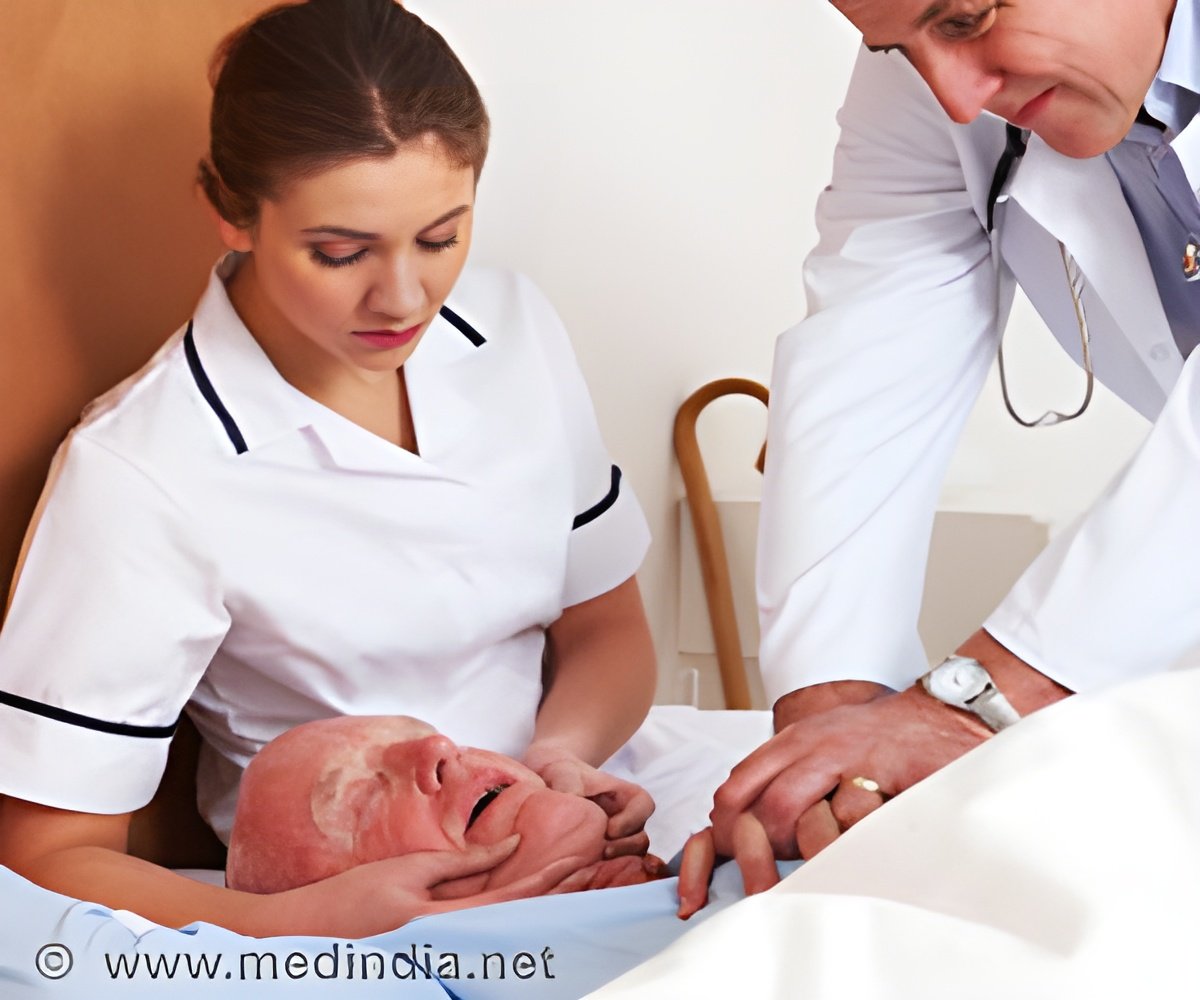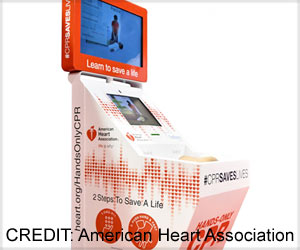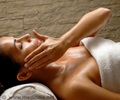Better treatments for cardiac arrest can be suggested based on data obtained from a new CT scan of a deceased person with stimulated heart massage, according to a study.

‘Novel CT scan technique gives insights on the effects of heart massage on heart by stimulating a heart massage in a deceased person. It helps improve treatment options for cardiac arrest.’
Read More..




A research collaboration between the Department of Forensic Medicine at Aarhus University, Denmark, and the East Midlands Forensic Pathology Unit at the University of Leicester in the UK now offers an answer to this question.Read More..
Using a new CT scanning method, the researchers show how the chest and abdominal region of a deceased person move during simulated heart massage.
"Specifically, we've simulated heart massage by compressing the chest of a deceased person in a controlled manner in precisely the same way as would happen with heart massage. Though with the difference that this was done gradually and in slow motion while the whole process was CT scanned at the same time," explains Kasper Hansen, assistant professor at the Department of Forensic Medicine at Aarhus University and the lead author of the study, which has been published in the scientific journal Resuscitation.
The method can be compared with a stop motion video production, but where each image in the video has been replaced by a complete 3D CT scan.
The method reproduces the organs movements during heart massage in a very detailed way and makes it possible to perform advanced imaging analysis on the volumetric dynamic CT dataset.
Advertisement
Kasper Hansen hopes that this is where the new CT scanning method will prove useful. "The goal of heart massage is blood circulation, but we don't know enough about how the blood is pumped on wards, and why certain characteristic heart massage injuries such as lesions on the internal organs occur," he says.
Advertisement
In connection with the scientific publication, the study presents five videos that have been exported with so-called predefined display settings from the specialized imaging software.
"Specialized radiological software is needed to be able to utilize and show the full potential of the method and what it can deliver. In the article we therefore use the videos as a practical and known format to communicate how our new method is able to contribute to creating new insight into different elements of heart massage for experts within the field. Furthermore, we believe that anyone who has completed a first aid course will be able to relate to the videos. So we also hope that these videos will be fully utilized in the general first aid courses," says Kasper Hansen.
"Our results are a fine example of how research on the deceased can help the living, which is a mantra within forensic medicine research all over the world. The relatives of the deceased person used in this study have agreed to the experiment being carried out and to the publication of the results." This is of invaluable importance for this type of research, emphasizes Kasper Hansen. "It helps to bring us closer to our goal, which is for the method we present in the study to contribute to the development of better and more effective procedures for the treatment of cardiac arrest - and in this way to more people surviving a cardiac arrest," says Kasper Hansen.
Source-Eurekalert















